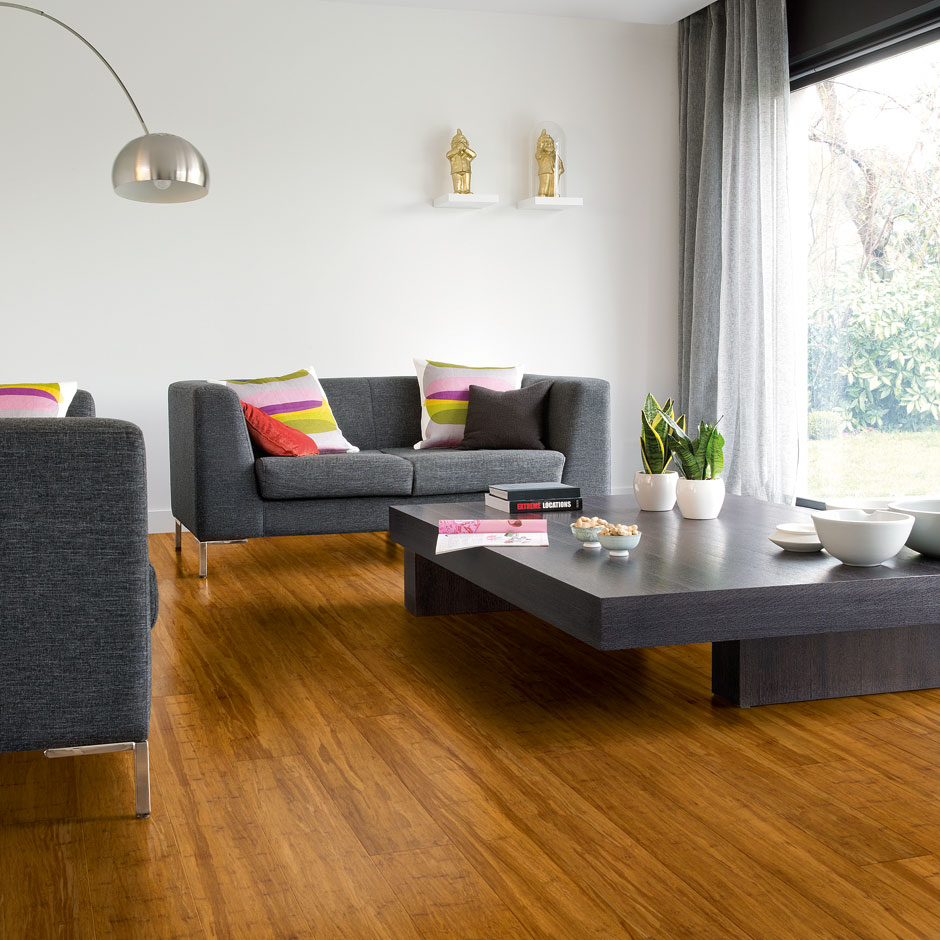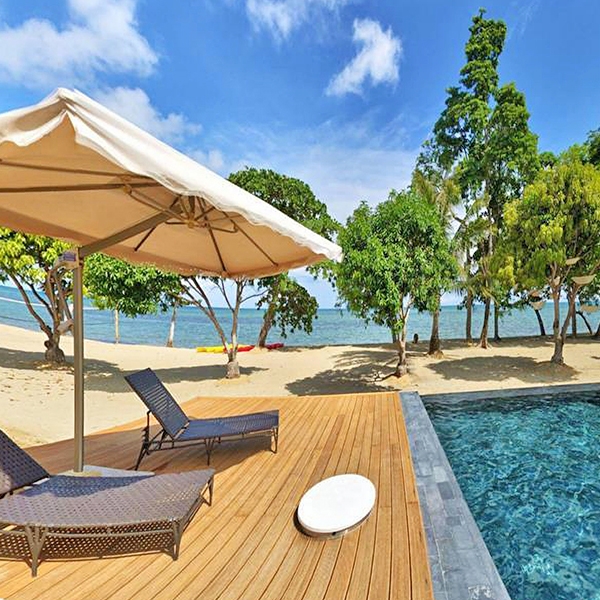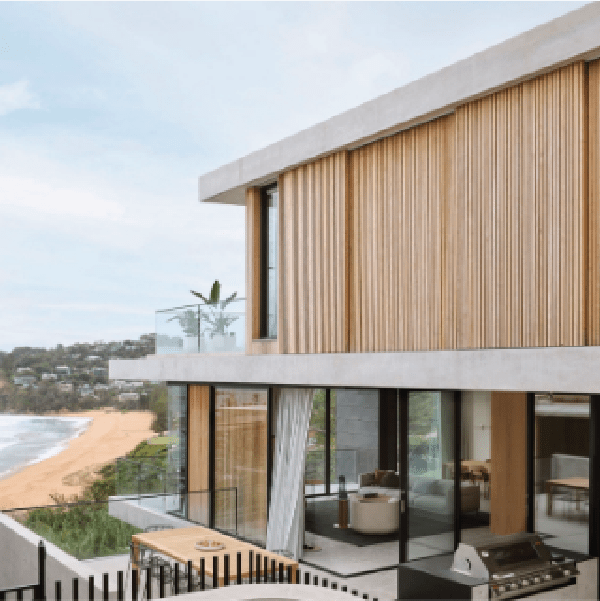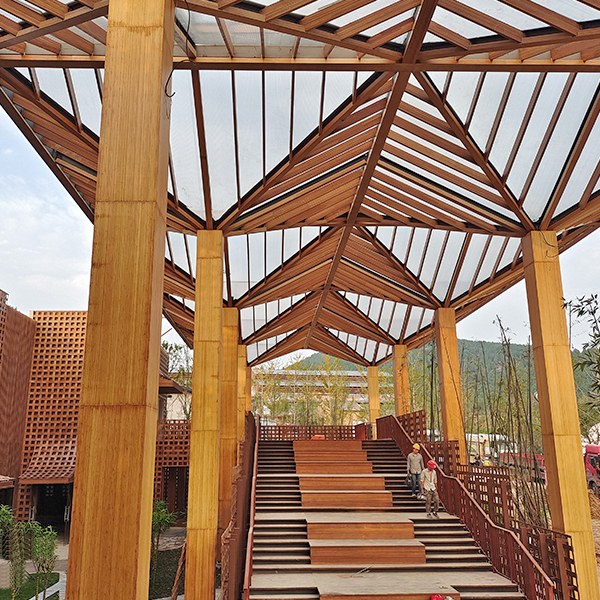Products Prortfolio

Indoor Flooring

Outdoor Decking

Indoor Panels

Outdoor Cladding

Structural

Accessories
Product Advantages
Properties
Bambufy Products
WPC (Wood Plastic Composite)
Solid Wood
Eco-Friendly
It Takes 5 Years For Bamboo To Gain Full Maturity. This Is Key In Global Resource Sustainability. Utilization Rate Is 90%
Made From Raw Plastic And Sawdust. Plastic Is Made From Petroleum, Which Is A Limited Resource. Recycling Of Wood Plastic Is Almost Impossible
Takes Between 40-100 Years To Gain Fully Maturity And Only Trunk Is Utilized. Leads To Deforestation. Utilization Rate Is 30%
Impact Toughness
Density: 1200kg/M3. Impact Toughness Is More Than 17320N. High Density, High Hardness And Abrasion Proof
The Wood Plastic Is Fragile, Liable To Fracture, Low Impact Resistant And Can Easily Get Scratched
Only High Quality Hardwood Like Rosewood Has High Density And Toughness For Wearability And Impact Resistance. But Due To Longer Time For Growth And Excessive Deforestation, Hardwood Resources Are Getting Very Rare To Find
Hydrolytic Resistance
Thickness Swelling Rate Of Water Absorption 1% In 36hrs (EU Standard Is < 2%) And 0.1% Linear Expansion With Change In Moisture Content. High Anti-Deformation Even With Strong Hydroscopicity
Waterproof And Moistureproof
Wood Is Strong In Water Absorption And Needs Water-Resistant Coatings. So Needs Great Care For Wetness Protection. Easily Gets Surface Bubble And Susceptible To Expansion
Rot Resistance
Due To Carbonisation And Usage Of Special Glue (Made Of Sustainable Materials) During Manufacturing Process, It Is Extremely Hard To Rot. Doesn’t Need Any Preservations.
Wood Plastic Is Water-Resistant But With Low Weather Durability
Water-Proofing Techniques For Solid Wood Involve Strong Chemical Infiltration. This Makes The Product Non-Sustainable
Formaldehyde Emission
Lower Than 0.72 Mg/M2.H, Meets US And EU Standards Easily. Green And Environment Friendly.
Range Of Product Quality Is Very Wide And Hence This Property Is Dependent On Manufacturing Process
Different Brands And Manufacturing Processes Have Different Formaldehyde Emission Values. Overall, It Is High In Formaldehyde Emission
Mothproof
Carbonisation Method Removes All Starch, Sugar And Protein And Thereby Killing Insect Eggs And Fungi. This Makes It Very Strong In Mothproofing
Termite Prevention Is Good And Better Than Wood.
Termite Prevention Is Achieved By Applying Chemical Coating, Thus Making It Non-Sustainable
Fire Resistance
Polymerisation And Curing Of Phenolic Resin Makes It High In Fire Resistance And With High Flame Retardant Coefficient
Compared To Hard Wood, Relatively Higher Fire Resistance
Easy To Burn As The Natural Property Of Wood Fibre
Colour/Texture
The Grain Of Bamboo After Processing Is Similar To High End Rosewood
Artificial Texture, Low Durability At Impact, And Looks Not So Appealing
Rosewood With Outstanding Texture Is Very Expensive
Quality Grade
Quality And Features Are Same As Tropical Wood
Low Weather Durability And Low Wear Resistance
Depending On The Species, Quality Varies A Lot
| Properties | Bambufy products | WPC (Wood Plastic Composite | Solid Wood |
| Eco-Friendly | It takes 5 years for Bamboo to gain full maturity. This is key in global resource sustianability. Utilization rate is 90% | Made from raw plastic and sawdust. Plastic is made from petroleum, which is a limited resource. Recycling of wood plastic is almost impossible | Takes between 40-100 years to gain fully maturity and only trunk is utilized. Leads to deforestation. Utilization rate is 30% |
| Impact Toughness | Density: 1200kg/m3. Impact toughness is more than 17320N. High Density, high hardness and abrasion proof | The wood plastic is fragile, liable to fracture, low impact resistant and can easily get scratched | Only high quality hardwood like rosewood has high density and toughness for wearability and impact resistance. But due to longer time for growth and excessive deforestation, hardwood resources are getting very rare to find |
| Hydrolytic Resistance | Thickess swelling rate of water absorption 1% in 36hrs (EU standard is < 2%) and 0.1% linear expansion with change in moisture content. High anti-deformation even with strong hydroscopicity | Waterprrof and moistureproof | Wood is strong in water absorption and needs water-resistant coatings. So needs great care for wetness protection. Easily getts surface bubble and susceptible to expansion |
| Rot Resistance | Due to carbonisation and usage of special glue (made of sustainable materials) during manufacturing process, it is extremely hard to rot. Doesn’t need any preservations. | Wood plastic is water-resistant but with low weather durability | Water-proofing techniques for solid wood involve strong chemical infiltration. This makes the product non-sustainable |
| Formaldehyde Emission | Lower than 0.72 mg/m2.h, meets US and EU standards easily. Green and environment friendly. | Range of product quality is very wide and hence this property is dependent on manufacturing process | Different brands and manufacturing processes have different formaldehyde emission values. Overall, it is high in formaldehyde emssion |
| Mothproof | Carbonisation method removes all starch, sugar and protein and thereby killing insect eggs and fungi. This makes it very strong in mothproofing | Termite prevention is good and better than wood. | Termite prevention is achieved by applying chemical coating, thus making it non-sustainable |
| Fire Resistance | Polymerisation and curing of phenolic resin makes it high in fire resistance and with high flame retardant coefficient | Compared to hard wood, relatively higher fire resistance | Easy to burn as the natural property of wood fiber |
| Colour/Texture | The grain of bamboo after processing is similar to high end rosewood | Artifical texture, low durability at impact, and looks not so appealing | Rosewood with outstanding texture is very expensive |
| Quality Grade | Quality and features are same as tropical wood | Low weather durability and low wear resistance | Depending on the species, quality varies a lot |